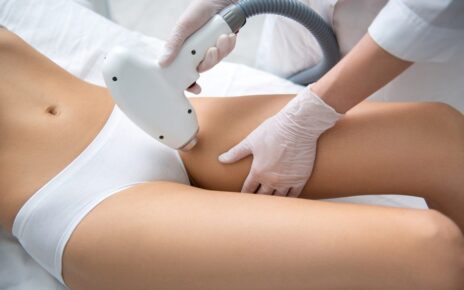You’re not alone if you’ve ever looked in the mirror and wondered what a different nose shape could do for your appearance. For many, rhinoplasty surgery (เสริม จมูก, which is the term in Thai) offers a chance to align their outer appearance with how they feel inside. However, this isn’t a decision to be taken lightly. This guide will explore what you should expect and how to prepare for this life-changing procedure.
Why Consider Rhinoplasty?
– Aesthetic Appeal:
For some, the drive is purely cosmetic. A sculpted nose can dramatically change your facial aesthetics.
– Medical Reasons:
Rhinoplasty can also correct issues like a deviated septum that may cause breathing problems.
– Self-Confidence:
For many, a new nose means a fresh burst of confidence and an improved sense of self.
Consultation: The First Step
Before you proceed, a consultation with a qualified surgeon is vital. Here, you’ll discuss:
1. Your Expectations
2. Potential Risks
3. Cost Estimates
4. The Best Surgical Approach for You
The Cost Factor
Rhinoplasty is often seen as a costly procedure, but prices can vary significantly based on location, surgeon’s expertise, and the complexity of the surgery. Remember, you’re paying for a one-time procedure and a lifetime change.
Note: Insurance may cover the costs if the surgery is medically necessary. Always check with your provider.
Preparing for Surgery
– Medical Tests:
Complete any pre-operative tests or evaluations.
– Avoid Medication:
Blood-thinners and certain over-the-counter medications must be avoided.
– Lifestyle Changes:
Quit smoking and limit alcohol consumption for at least two weeks before surgery.
The Procedure: What Happens?
The surgery can be performed under general or local anaesthesia. An incision is made inside the nose or across the columella (the tissue between the nostrils). The surgeon then reshapes the bone and cartilage to achieve the desired result.
Recovery and Aftercare
Post-op, expect some bruising and swelling. A nasal splint will usually help the nose maintain its new shape. Full recovery can take several weeks, so following all aftercare instructions is essential.
– Rest and Recuperate:
Plenty of sleep and minimal movement are crucial in the first week.
– Avoid Strenuous Activity:
No heavy lifting or strenuous exercise for at least three weeks.
– Follow-Up Appointments:
Regular check-ups with your surgeon will ensure a smooth recovery.
And there you have it, the ultimate guide to rhinoplasty surgery, providing insights into what you can expect and how best to prepare. Taking the plunge for a new nose is a significant decision, so ensure you’re well-informed every step. Happy healing!





